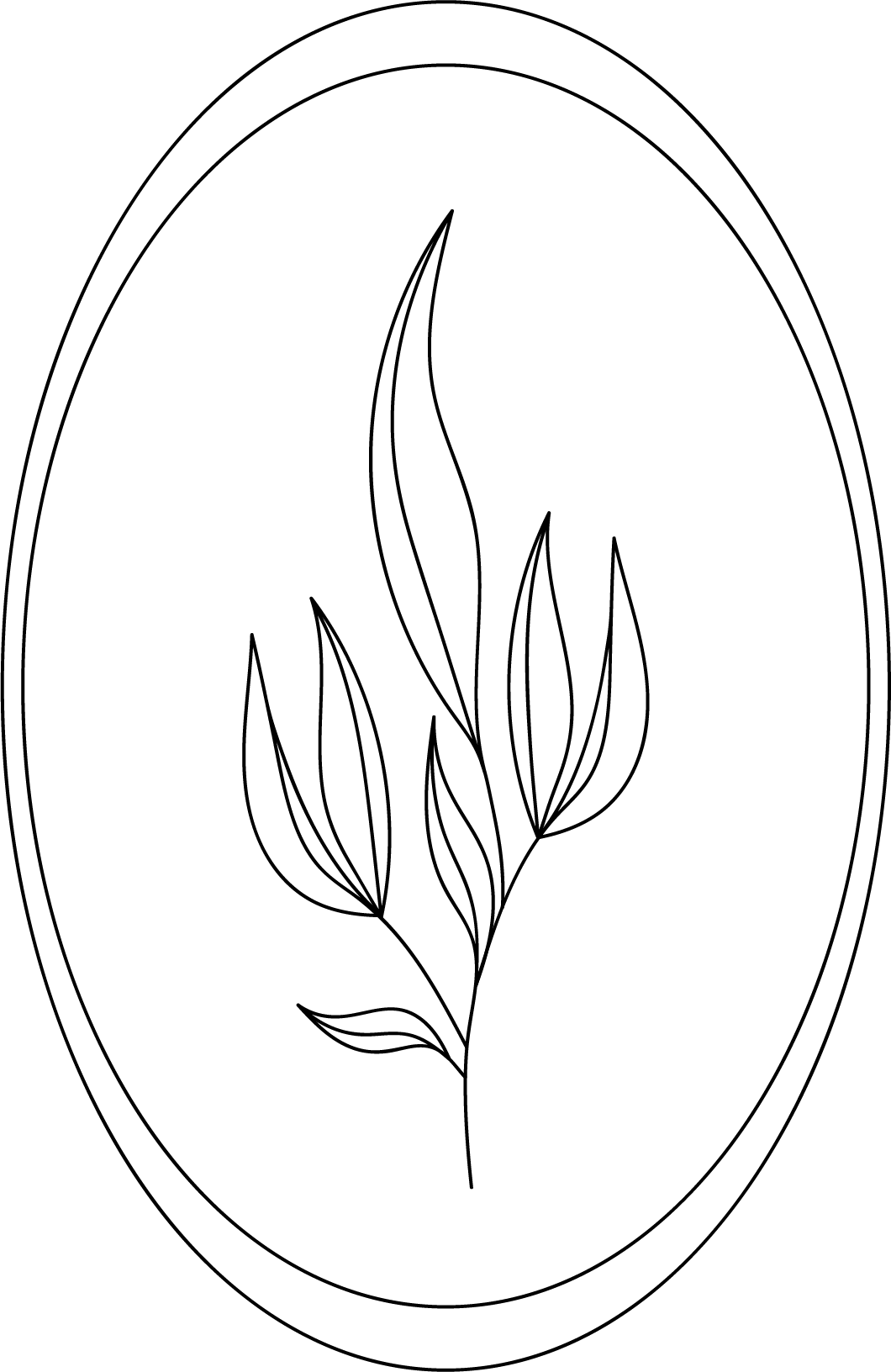Managing & Preventing Osteoporosis
Osteoporosis, a condition characterised by low bone mineral density (BMD), is one of the most prevalent conditions worldwide, driven by increasingly poor diets and sedentary behaviours. Whilst numerous factors determine bone health including physical activity, hormones and genetics, nutrition is the main driver for optimal bone growth, development and maintenance (Vannucci et al., 2018).
Traditionally, it was believed that sufficient calcium and vitamin D intake were the most vital factors in the prevention of osteoporosis, but recent research has demonstrated other nutrients play a large role in bone health (e.g. magnesium, phosphorous, vitamin K, silicon and iron). A high intake of fruits and vegetables has been associated with higher BMD. This is believed to be due to the specific bone-supporting nutrients present in fruits and vegetables in addition due to their alkalization effect on the body’s acid-base balance (Lanham-New, 2006). Neutralisation of endogenous acid has been demonstrated to reduce the excretion of calcium which in turn helps to improve the balance of short temporarily.
Furthermore, fruits and vegetables are rich in antioxidants and once consumed, they improve the total antioxidant status and reduce the oxidative stress index (OSI) of the individual (Altindag, Erel, Soran, Celik & Selek, 2007). Studies have shown that high OSI is correlated with low BMD. Thus, the increased activity of osteoclasts may be a reaction to an imbalanced antioxidant status.
Other studies have demonstrated a positive correlation between antioxidants and BMD, which further supports this theory (Maggio et al., 2003). A recent study demonstrated that post-menopausal women who ate at least 9 servings of different fruits, herbs and vegetables per day for 3 months showed improved markers of bone health (e.g. improved BMD, reduced bone turnover markers) ("Osteoporosis", 2020).
Social Support
Social support refers to the perceived and actual care given to others (Ma et al., 2015). Lower social support has been associated with reduced BMD and greater mortality (Follis et al., 2019). It is therefore important for health care practitioners to not only educate on the nutritional knowledge to manage bone health but also support the individual for behavioural dietary change to occur.
REFERENCES
Altindag, O., Erel, O., Soran, N., Celik, H., & Selek, S. (2007). Total oxidative/anti-oxidative status and relation to bone mineral density in osteoporosis. Rheumatology International, 28(4), 317-321. doi: 10.1007/s00296-007-0452-0
Follis, S., Bea, J., Klimentidis, Y., Hu, C., Crandall, C., & Garcia, D. et al. (2019). Psychosocial stress and bone loss among postmenopausal women: results from the Women’s Health Initiative. Journal Of Epidemiology And Community Health, 73(9), 888-892. doi: 10.1136/jech-2019-212516
Higgs, J., Derbyshire, E., & Styles, K. (2017). Nutrition and osteoporosis prevention for the orthopaedic surgeon. EFORT Open Reviews, 2(6), 300-308. doi: 10.1302/2058- 5241.2.160079
Lanham-New, S. (2006). Fruit and vegetables: the unexpected natural answer to the question of osteoporosis prevention?. The American Journal Of Clinical Nutrition, 83(6), 1254-1255. doi: 10.1093/ajcn/83.6.1254 Lanham-New, S. (2008).
The Balance of Bone Health: Tipping the Scales in Favor of Potassium-Rich, Bicarbonate-Rich Foods. The Journal Of Nutrition, 138(1), 172S-177S. doi: 10.1093/jn/138.1.172s
Ma, L., Li, Y., Wang, J., Zhu, H., Yang, W., & Cao, R. et al. (2015). Quality of Life Is Related to Social Support in Elderly Osteoporosis Patients in a Chinese Population. PLOS ONE, 10(6), e0127849. doi: 10.1371/journal.pone.0127849
Maggio, D., Barabani, M., Pierandrei, M., Polidori, M., Catani, M., & Mecocci, P. et al. (2003). Marked Decrease in Plasma Antioxidants in Aged Osteoporotic Women: Results of a Cross-Sectional Study. The Journal Of Clinical Endocrinology & Metabolism, 88(4), 1523- 1527. doi: 10.1210/jc.2002-021496
Osteoporosis. (2020). Retrieved 13 February 2020, from https://www.racgp.org.au/clinicalresources/clinical-guidelines/key-racgp-guidelines/view-all-racgp-guidelines/redbook/osteoporosis s
Rizzoli, R., Abraham, C., & Brandi, M. (2013). Nutrition and bone health: turning knowledge and beliefs into healthy behaviour. Current Medical Research And Opinion, 30(1), 131-141. doi: 10.1185/03007995.2013.847410
Seven Dimensions of Wellness at UW-Stevens Point. (2020). Retrieved 15 February 2020, from https://www.uwsp.edu/HPHD/Pages/7dimensions.aspx Vannucci, L., Fossi, C., Quattrini, S., Guasti, L., Pampaloni, B., & Gronchi, G. et al. (2018). Calcium Intake in Bone Health: A Focus on Calcium-Rich Mineral Waters. Nutrients, 10(12), 1930. doi: 10.3390/nu10121930
